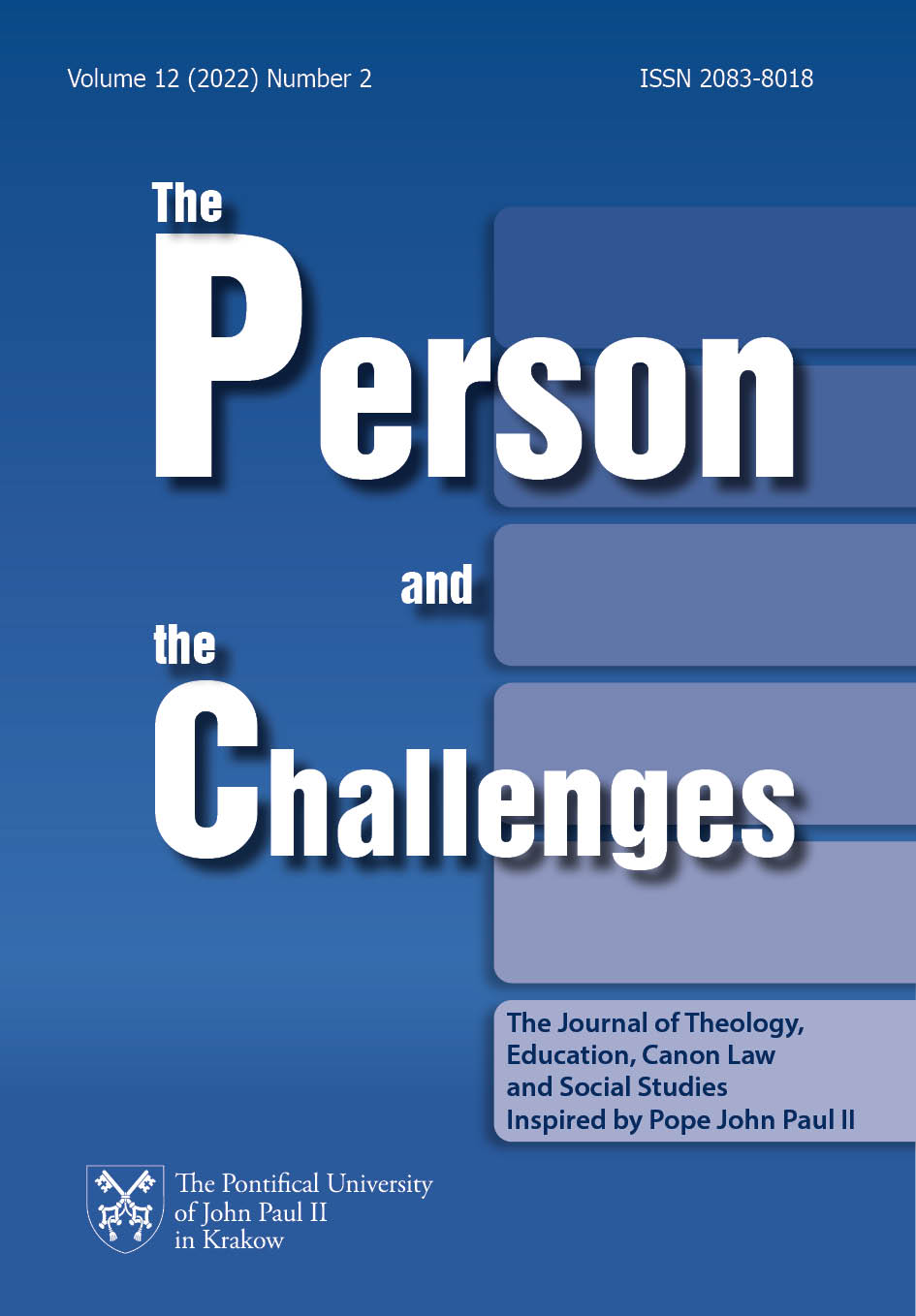The Relationship between the First Proclamation and a Kerygmatic type of Catechesis
DOI:
https://doi.org/10.15633/pch.12211Keywords:
Directory for Catechesis, First Proclamation, Kerygmatic CatechesisAbstract
The aim of this paper is to try and highlight the fecund relationship between the first proclamation and a kerygmatic type of catechesis as this is found in the Directory for Catechesis promulgated by the Pontifical Council for Promoting the New Evangelization. In Evangelii Gaudium, the first proclamation has been given a renewed meaning in that it is not only considered as the first proclamation in time, but it is extended as a primary proclamation throughout the life of the person. The kerygmatic type of catechesis posited in the Directory seeks to present Jesus Christ in a way in which is the Good News becomes an accompanying factor throughout the entire life of the person. It is this person-centredness which is at the basis of the relationship between the first proclamation and a kerygmatic type of catechesis.
References
Alberich E., Vallabaraj J., Communicating a Faith that Transforms. A Handbook of Fundamental Catechetics, Bangalore 2004, Kristu Jyoti Publications.
Alberich E., La catechesi oggi. Manuale di catechetica fondamentale, Leumann (To) 2001, Editrice Elledici.
Biancardi G., Gianetto U., Storia della catechesi. 4. Il movimento catechistico, Roma 2016, LAS.
Congregation for the Clergy, General Directory for Catechesis (11 August 1997), http://www.vatican.va/roman_curia/congregations/cclergy/documents/rc_con_ccatheduc_doc_17041998_directory-for-catechesis_en.html (01.02.2021).
Francis, Apostolic Exhortation Evangelii Gaudium (24 November 2013), http://www.vatican.va/content/francesco/en/apost_exhortations/documents/papa-francesco_esortazione-ap_20131124_evangelii-gaudium.html (01.02.2021).
Gevaert J., La proposta del Vangelo a chi non conosce il Cristo. Finalità, destinatari, contenuti, modalità di presenza, Leumann (To) 2001, Editrice Elledici.
Grennon Brooks J., M.G. Brooks, In Search of Understanding. The Case for Constructivist Classrooms, New Jersey 2001, Prentice-Hall.
Lamon M., Learning Theory. Constructivist Approach, https://education.stateuniversity.com/pages/2174/Learning-Theory-CONSTRUCTIVIST-APPROACH.html (01.02.2021).
Läpple A., Breve storia della catechesi, Brescia 1985, Querinana.
McLeod S., Constructivism as a theory for teaching and learning, https://www.simplypsychology.org/constructivism.html (01.02.2021).
Pontifical Council for Promoting New Evangelization, Directory for Catechesis (23 March 2020), London 2020, Catholic Truth Society.
Sultana C.M., Catechesis in Europe during the 20th Century, in: G. Bonney, R. Vicent, Sophia – Paideia. Sapienza e Educazione (Sir 1, 27). Miscellanea di studi offerti in onore del prof. Don Mario Cimosa, Roma 2012, LAS.
Sultana C.M., The Role of the Family in Educating Children for the Faith, “Roczniki Theologiczne. Annals of Theology” 62 (2015) 11, pp. 5–17.
Vatican Council II, Pastoral Constitution on the Church in the Modern World Gaudium et Spes (7 December 1965), http://www.vatican.va/archive/hist_councils/ii_vatican_council/documents/vat-ii_const_19651207_gaudium-et-spes_en.html (13.12.2020).
Vygotsky L., Mind in Society. The Development of Higher Psychological Processes, Cambridge (MA)–London 1978, Harvard University Press.
Vygotsky L., Thought and Language, Connecticut 2012, Martino Publishing.
Wheeler S., Learning Theories: Jerome Bruner on the Scaffolding of Learning, https://www.teachthought.com/learning/learning-theories-jerome-bruner-scaffoldinglearning/(01.02.2021).
WNET Education, Concept to Classroom. Workshop: Constructivism as a Paradigm for Teaching and Learning, https://www.thirteen.org/edonline/concept2class/constructivism/index_sub2.html (01.02.2021).
Downloads
Published
Issue
Section
License
Copyright (c) 2022 Carl-Mario Sultana

This work is licensed under a Creative Commons Attribution 4.0 International License.
Authors who publish with this journal agree to the following terms:
- Authors retain the copyright and full publishing rights without restrictions, and grant the journal right of first publication with the work simultaneously licensed under a Creative Commons Attribution 4.0 International License that allows others to share the work with an acknowledgement of the work's authorship and initial publication in this journal.
- Authors are able to enter into separate, additional contractual arrangements for the non-exclusive distribution of the journal's published version of the work (e.g., post it to an institutional repository or publish it in a book), with an acknowledgement of its initial publication in this journal.
- Authors are permitted and encouraged to post their work online (e.g., in institutional repositories or on their website) prior to and during the submission process, as it can lead to productive exchanges, as well as earlier and greater citation of published work (See The Effect of Open Access).

